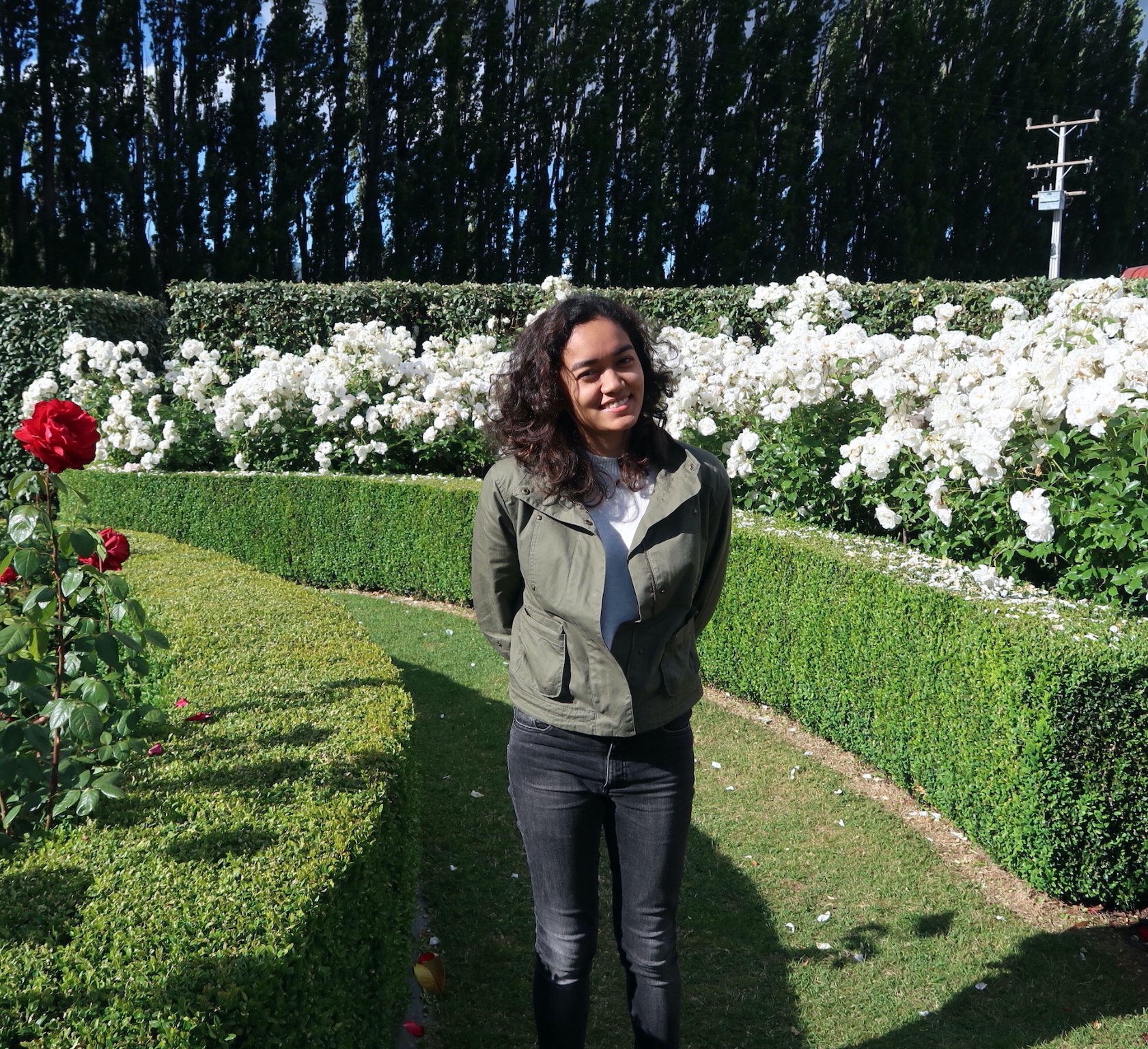That this was the site of the Sook Ching Massacre in 1942 is impossible to ignore – there is an on-site heritage marker detailing the tragic event. On February 28, 1942, over 400 Chinese men were rounded up on suspicions of being anti-Japanese. They were shot dead on the beach by the Hojo Kempei (auxiliary military police) firing squad and their bodies thrown into the sea or left on the shore. Up to the late 90s, remains of the victims were still being found, including a skull and two gold teeth. By this time however, a cluster of popular seafood restaurants had set up at Punggol Point – drawing seafood lovers from all over Singapore.
What to do today Today, Punggol Beach is a sweet spot for nature lovers and photographers alike. It's a great place to catch the sunrise and sunset, while boulders dotting the beach form an eye-catching backdrop. Punggol Point Park has other draws too, including Punggol Point Jetty (where you can fish), Punggol Promenade, and easy access to Coney Island and more walking and cycling trails.
















